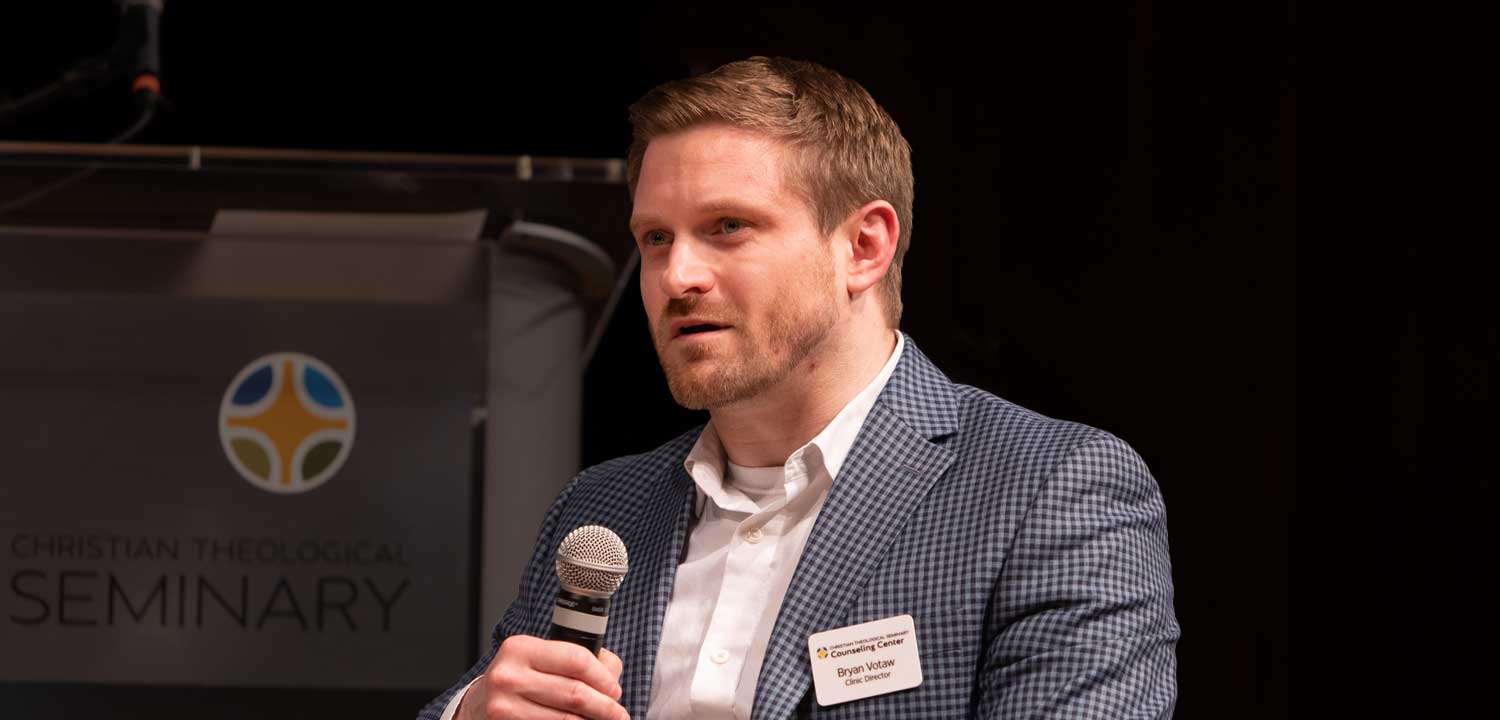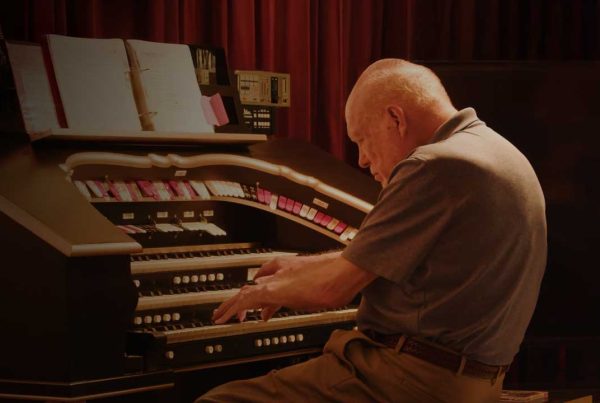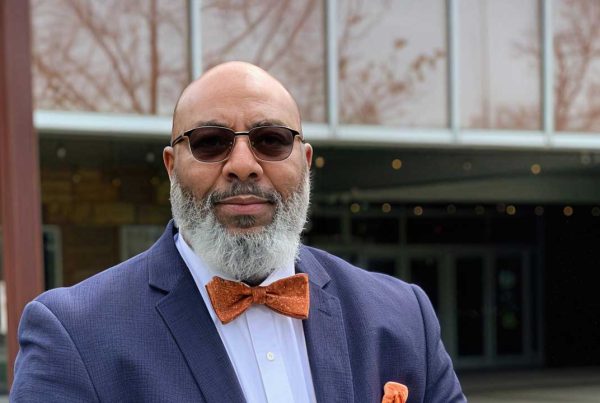Towards the Collective Suffering of Mental Health Stigma
Bryan Votaw, LMHC, LPC, ACS
Clinic Director, CTS Counseling Center
“People exist who are so intolerant of pain or frustration (or in whom pain or frustration is so intolerable) that they feel the pain but will not suffer it and so cannot be said to discover it…the patient who will not suffer pain fails to ‘suffer’ pleasure”
(W.R. Bion, 1970, p. 9).
In recent years, particularly since the onset of the Covid-19 pandemic, it has been common to see campaigns that seek to address the “stigma” that surrounds mental health in the community. I have even seen words like “eliminate”, “destroy”, or “end” be used in association with the proposed solution to respond to this “stigma”. And yet, as psychoanalysts Joan and Neville Symington (1996) note, channeling the work of British Object Relations psychoanalyst Wilfred Bion, often “the symptom is a cover for the truth” (p. 4). In today’s society, mental health stigma remains a significant barrier to the well-being and support of individuals facing mental health challenges. Despite efforts to address this issue, the persistent stigma surrounding mental health necessitates a reevaluation of our approach. We must dive into the complexities of mental health stigma, exploring a thought-provoking perspective that challenges the notion of simply eliminating stigma. The “symptom” (the stigma) may be pointing to a deeper truth that we should endeavor to understand so that we might seek to transform it.
It is beyond the scope of this writing to provide an exhaustive solution to addressing mental health stigma. Instead, I would like to argue that our attempts to resolve the issue (issues really) are misguided. The stigma is something that cannot merely be eliminated because it emanates from within ourselves and our psyches. Synonyms for the word “stigma” include “shame”, “disgrace”, and “humiliation”. From a therapeutic standpoint, these are some of the most challenging internal phenomena to address. They are often defended by destructive and persecutory internal dynamics that keep us from feeling and thinking about said phenomena and therefore modifying or metabolizing them. Often, we attempt to “evacuate” these internal elements because they overwhelm our capacities to think and maintain equilibrium. Sometimes folks will say that you must fight fire with fire, but how can we eliminate persecutory phenomena through persecutory means? In this case, if it’s an eye for an eye – everyone goes blind.
Instead, it is my challenge that we must conceive of how to collectively tolerate, bear, and suffer these persecutory elements that exist within ourselves TOGETHER and place less on the individual to triumphantly overcome and defeat said forces. We are ALL vulnerable to experiencing mental health concerns regardless of race, gender, sexuality, creed, religion, socioeconomic status, or privilege. Of course, one’s privilege often is positively correlated with one’s access to treating said concerns. But this is not a “you” or “them” problem. This is a “we” and “us” problem. If it is a “you” or “I” problem, then that simply becomes too much for the individual to bear, and of course, we will seek ways to evacuate the pain and (hopefully) try to stay afloat. But it might very well result in relapses and seeking predictable comfort in ultimately destructive means of coping.
Indiana Governor Eric Holcomb recently approved $125 million to help finance mental health efforts in the state of Indiana. While this is a good step forward, it is not clear to me that we have the infrastructure to support the mental health needs that our communities face in the present moment. Many of my colleagues who work in community mental health clinics across the State tell me about the exorbitant number of clients that they treat and how understaffed their clinics seem to be. Unless one is in danger of acute mental health crisis, it is not uncommon for clients to only be able to see their therapist at intervals ranging from once a month or even longer. Can lasting change really take place with “treatment” happening in such infrequent intervals? A study conducted by the Healthforce Center at UCSF suggests that, in California, there will be 28% fewer therapists and 50% fewer psychiatrists in the workforce by 2028 compared to the rate of current service utilization combined with unmet needs (Coffman, et al., 2018, p. 7). If this trend is also true for Indiana, what will happen to the rates of wait times for treatment and untreated mental health concerns? And what impact will that have on our communities at a broad level?
To be clear, individuals who are in need of clinical mental health care need access to appropriate treatment. And to ensure that we have a workforce that is capable of meeting these needs, we need more individuals to enter the mental health field. We need training programs that are equipping their students for the emotional toll associated with conducting this work. We need jobs in the mental health profession to pay wages that are congruent with the cost of the education and training that is required to meet the needs of those who need our help. Insurance companies need to better incentivize providers to join their insurance panels to better ensure that individuals can utilize their health benefits to seek mental health services (e.g. paying a living wage and having equitable contractual terms).
But before we continue to address the “stigma” of mental health from an external vantage point, we must decide individually and collectively if we want to know the truth of what exists within ourselves. We must be willing to confront and suffer our own pain and vulnerability and not simply view it as something that other folks deal with, something to be swept under the rug, or something at which to dispassionately throw money. Do we REALLY want to address OUR mental health problem? Wilfred Bion (1962) writes: “The choice that matters to the psycho-analyst is one that lies between procedures designed to evade frustration and those designed to modify it. That is the critical decision” (p. 29). Will we seek to collectively suffer this stigma or will we continue to avoid the pain associated with addressing it with concerted efforts?
As we confront the enduring challenge of mental health stigma, it is imperative that we approach the issue at hand with a fresh perspective and collective commitment. By recognizing that stigma originates from within ourselves and our psyches, we can shift our focus from eliminating it to collectively tolerating and bearing the internal elements that perpetuate it. This requires us to confront our own pain, vulnerabilities, and biases, fostering a culture of empathy and understanding. Simultaneously, we must address the systemic issues that hinder access to mental health resources, such as the shortage of professionals and inadequate infrastructure. Only then can the stigma begin to be “modified” (or “suffered”) in a way that could lead to tangible and sustained change.
References:
Bion, W.R. (1962). Learning from experience. London: William Heinemann Medical Books, Ltd; Reprinted London: Routledge 2019.
Bion, W.R. (1970). Attention and interpretation. London: Tavistock Publications; reprinted in paperback, London: Maresfield Reprints, H. Karnac Books (1984).
Coffman, J., Bates, T., Geyn, I. Spetz, J. (2018). California’s current and future behavioral health workforce. Healthforce Center at UCSF. https://healthforce.ucsf.edu/sites/healthforce.ucsf.edu/files/publication-pdf/California%E2%80%99s%20Current%20and%20Future%20Behavioral%20Health%20Workforce.pdf
Symington, J. & Symington, N. (1996). The clinical thinking of Wilfred Bion. London: Routledge.






